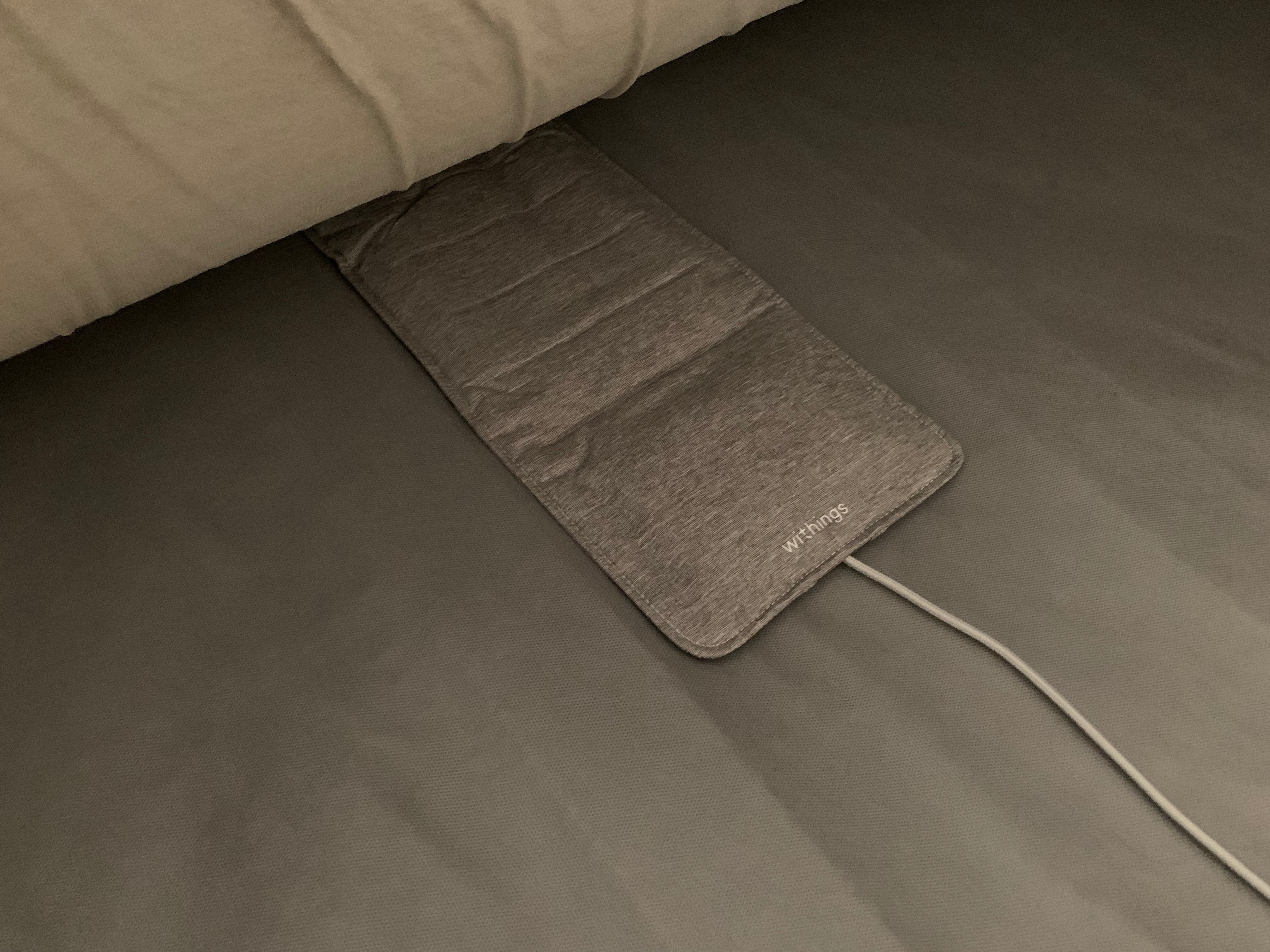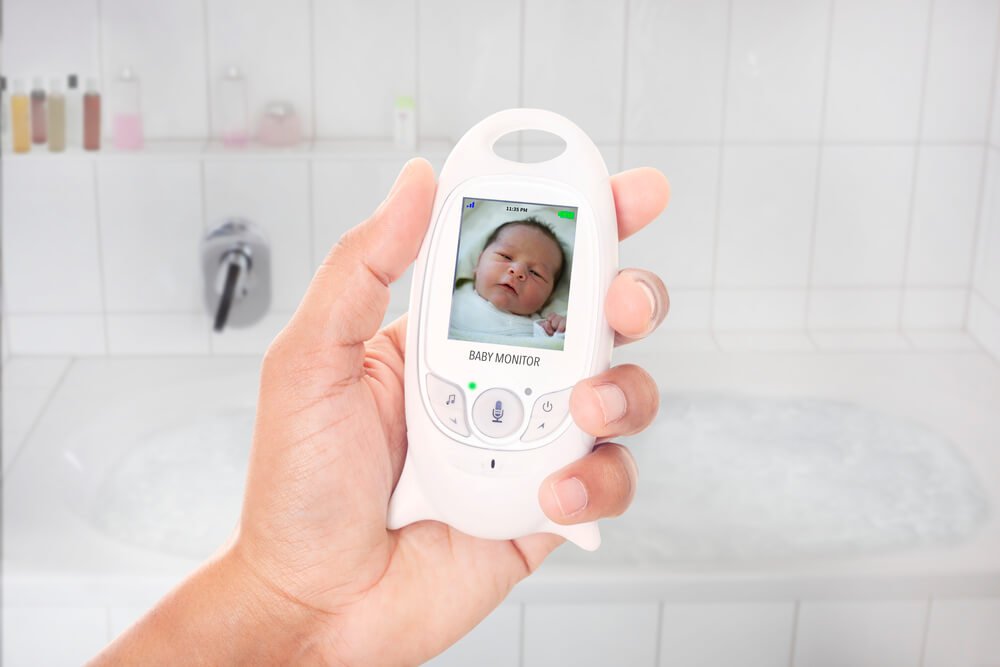
#Home sleep monitor manual
In what follows, we refer to the AHI determined by the manual analysis of the PSG data by the ZOL somnologist as the ZOLAHI and the YMT somnologist (after analysis by the MSSS) as the MSSS-AHI. Data epochs that were of too low quality to be interpreted by the sleep technician or the NighOwl algorithm were rejected from the PSG and the NightOwl traces. PSG and NightOwl data were algorithmically synchronized by matching the instantaneous heart rate traces derived from the ECG trace of the PSG and the PPG trace of the NightOwl. In cases where two ground truth labels were attributed, an agreement in the error matrix was counted whenever the NightOwl REI category matched either of the two ground truth AHI labels. We applied this confidence interval around the MSSS-AHI to identify borderline cases: whenever this interval spanned multiple AHI severity categories, the patient's ground truth AHI was considered a borderline case and that patient received two possible ground truth labels. 5 one can derive that for a manually derived AHI by a single scorer, the 50% confidence interval around that AHI is at least 13.4%. 5, 10 From the inter-scorer variability statistics reported by Malhotra et al.

Despite the use of scoring guidelines, the manual scoring of the PSG is not perfectly replicable as evidenced by the phenomenon of inter-scorer variability. The agreement between the AHI severity categories 9 was expressed by means of a boundary corrected error matrix. When computing the intraclass correlation coefficients, the intraclass correlation coefficient type 3,1 (ICC 3,1) variant was chosen as it correctly assumes each patient's recording is assessed by each scorer, the scorers are the only scorers of interest, and reliability is calculated from a ground truth measurement. Statistical analysis was performed using MATLAB. This figure represents an illustration of the NightOwl sensor placed on the index finger with an adhesive patch. Figure 1: An illustration of the NightOwl sensor. Replicability of the study results in the home environment is subject to future investigation. This study was performed in a sleep laboratory environment. We also compared the total sleep time (TST) derived by both systems. 3 In order to assess NightOwl's performance, we compared the respiratory event index (REI), defined as the number of respiratory events per hour of sleep, derived by the NightOwl system, to the apnea-hypopnea index (AHI) obtained from manual analysis of the PSG. As such, the NightOwl system is able to derive all diagnostic parameters recommended by The AASM Manual for the Scoring of Sleep and Associated Events for home sleep apnea testing utilizing peripheral arterial tonometry.
#Home sleep monitor software
The software derives actigraphy from the former, and SpO 2, PAT, and pulse rate, among other features, from the latter. The sensor acquires accelerometer data and reflectance-based photoplethysmography (PPG) signals. The sensor's battery can last for approximately three nights before requiring a recharge. It is designed to be self-applied and initiated by the patient by attaching the sensor to the fingertip by means of an adhesive patch. An illustration of the NightOwl sensor can be found in Figure 1. The system consists of a small sensor device which is placed on the fingertip, the NightOwl sensor, and a cloud-based analytics platform, the NightOwl software. In this paper, we propose a new system for the diagnosis of OSA that measures and analyzes the abovementioned parameters, called NightOwl (Ectosense NV, Leuven, Belgium). The authors concluded that testing devices that analyze changes in peripheral arterial tone (PAT) in combination with actigraphy and blood oxygen saturation (SpO 2) are adequate to diagnose OSA in patient populations with a high pretest probability.

2 performed a comprehensive analysis of the evidence for HSAT devices to diagnose obstructive sleep apnea (OSA) in out-of-center settings. In March 2017, the clinical practice guideline for diagnostic testing for adult sleep apnea by the American Academy of Sleep Medicine (AASM) for the first time formulated a strong recommendation that both polysomnography (PSG) and home sleep apnea testing (HSAT) are appropriate diagnostic testing options for uncomplicated adult patients who are at increased risk of moderate to severe sleep apnea.


 0 kommentar(er)
0 kommentar(er)
